Congenital Short Pedicle Syndrome
Congenital short pedicle syndrome. Normally a person would not be symptomatic from degenerative changes until they were moderate or severe. Hinck VC et al. The congenital type is commonly due to short pedicles that produce an abnormally shallow central spinal canal 1.
Reale F et al. Less frequently congenital stenosis may be associated with developmental disorders such as achondroplasia Klippel-Feil syndrome Morquio syndrome and trisomy 21 ie Down syndrome 2 3. Applying the knowledge from patients with achondroplasia a disorder in endochondral ossification leads to fusion of pedicles to vertebral bodies.
Affected individuals tend to present in the fourth or fifth decade of life with neurogenic complications without the presence of significant degenerative changes. For practical purposes however the etiologies of lumbar stenosis can be divided into congenital or acquired forms. It is important to distinguish this congenital anomaly from pathologic destruction of the pedicle.
Short stature and mild mental retardation are the main features of this syndrome. Cardiofaciocutaneous and noonan syndromes are sometimes considered the same entity. Congenital or developmental lumbar spinal stenosis CLSS is a developmental narrowing of the spinal canal.
Broad short hands and feet. Congenital stenosis of lumbar spinal canal. This is generally idiopathic in nature consisting of developmental hypoplasia of the posterior arch with short thick pedicles that narrow the AP dimension of.
Butterfly vertebra arrow in an 11-year-old boy with Alagille syndrome Isolated absence of the pedicle Fig. Congenital lumbar spinal stenosis usually results from congenitally shortened pedicles. Congenital short pedicles the bones which form the sides of the spinal canal degenerative arthritis causing excessive bone growth and thickening of the ligamentum flavum.
Pedicle length is shorter and a cross-sectionally smaller spinal canal area. As a person ages degenerative changes ensue.
For practical purposes however the etiologies of lumbar stenosis can be divided into congenital or acquired forms.
78 rows Common symptoms of spondylodysplastic Ehlers-Danlos syndrome. Less frequently congenital stenosis may be associated with developmental disorders such as achondroplasia Klippel-Feil syndrome Morquio syndrome and trisomy 21 ie Down syndrome 2 3. Affected individuals tend to present in the fourth or fifth decade of life with neurogenic complications without the presence of significant degenerative changes. Applying the knowledge from patients with achondroplasia a disorder in endochondral ossification leads to fusion of pedicles to vertebral bodies. Butterfly vertebra arrow in an 11-year-old boy with Alagille syndrome Isolated absence of the pedicle Fig. Central canal stenosis can be congenital or acquired. Formation of abnormally short pedicles and narrowed IPD gives rise to inadequate spinal canal sizes and risk of neurological compromise. Mild joint laxity ncbinlmnihgov Abstract Hypochondroplasia HCH is a skeletal dysplasia characterized by short stature with disproportionately short arms and legs. Hinck VC et al.
Comparison of results of surgical treatment for this and other causes of lumbar syndrome. 320 is most common in the cervical and lumbar region and is uncommon in the thoracic spine. Narrowed or shallow lumbar. Congenital lumbar stenosis has not been clearly defined radiographically. The role of contrast in imaging of the spine is mainly to identify anything that would light-up enhance such as tumors infection inflammation. Congenital stenosis of lumbar spinal canal. Factors contributing to the development of cervical stenosis include.






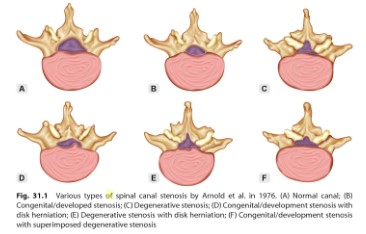

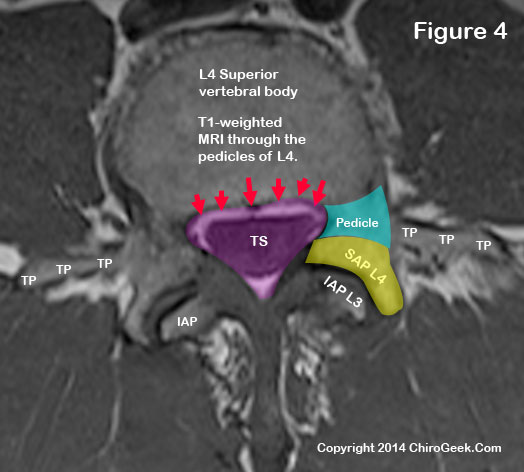



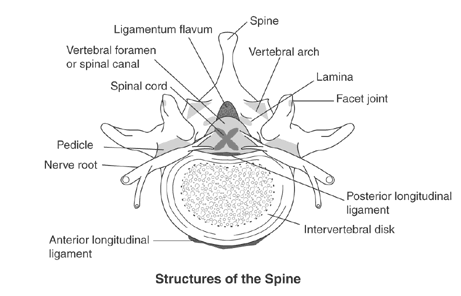






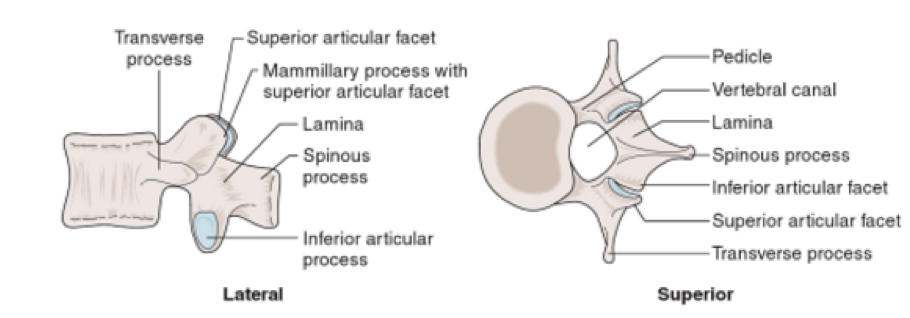




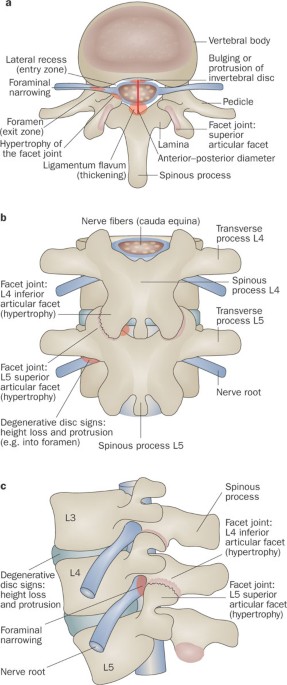
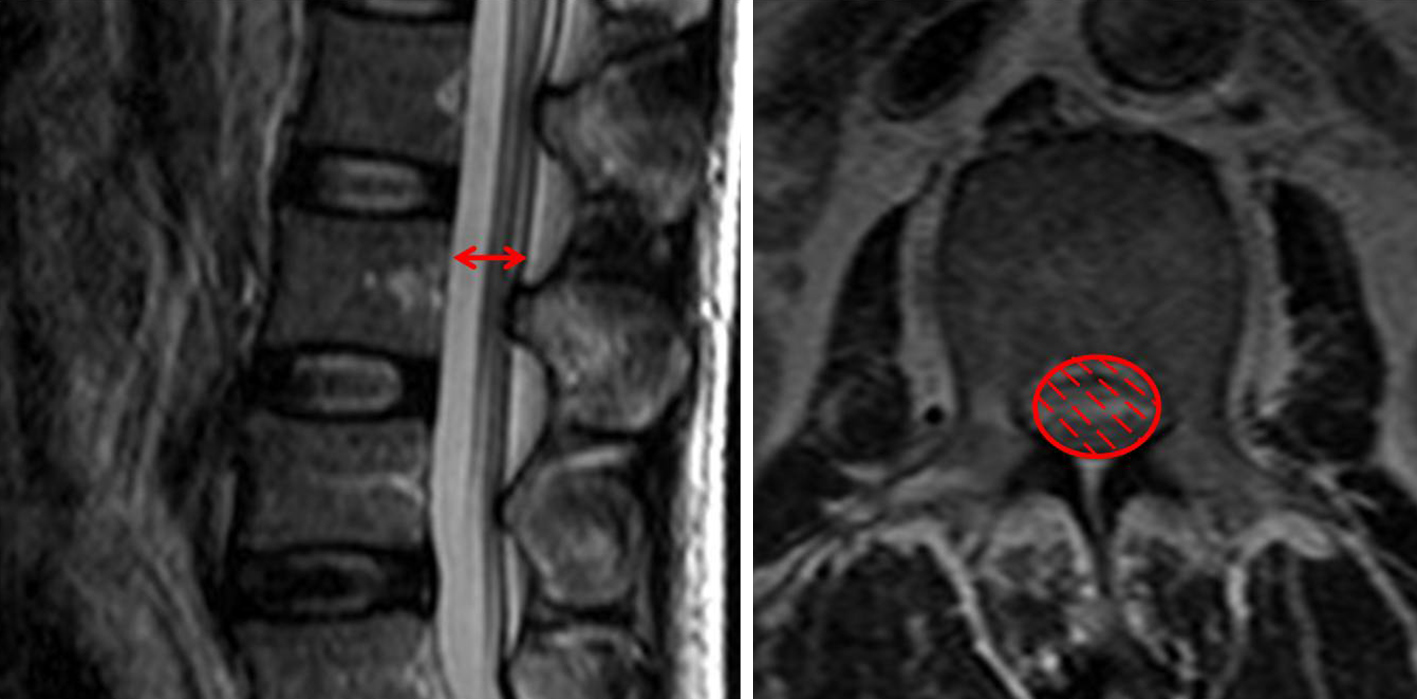
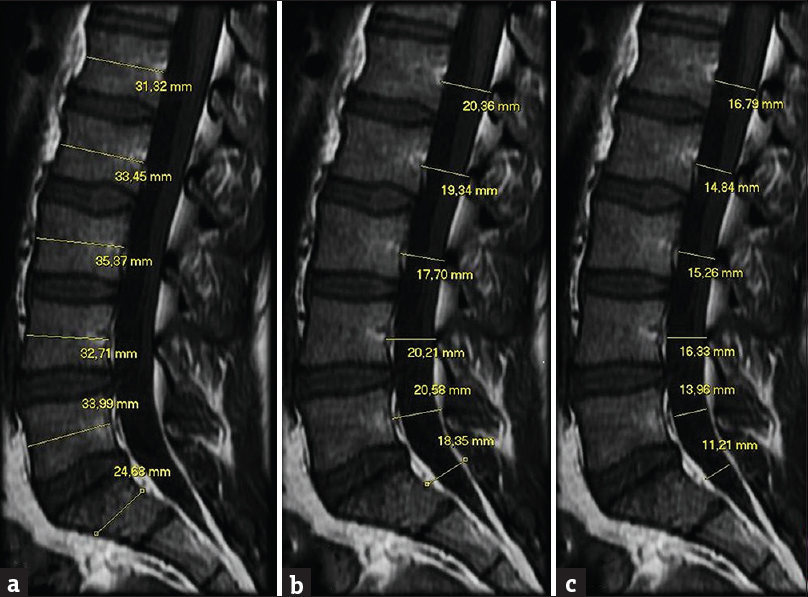
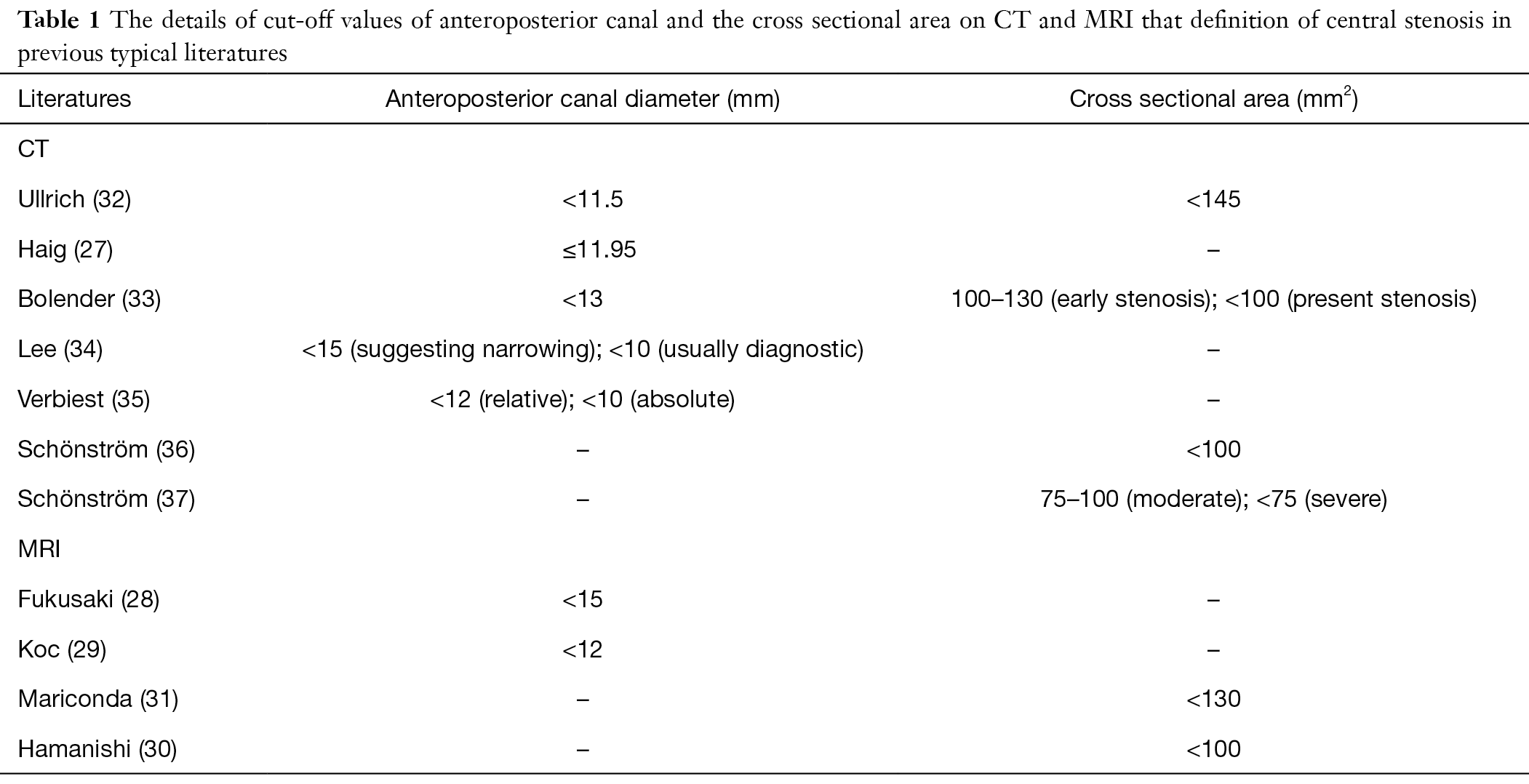





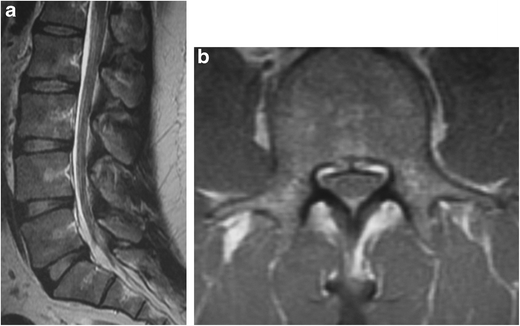
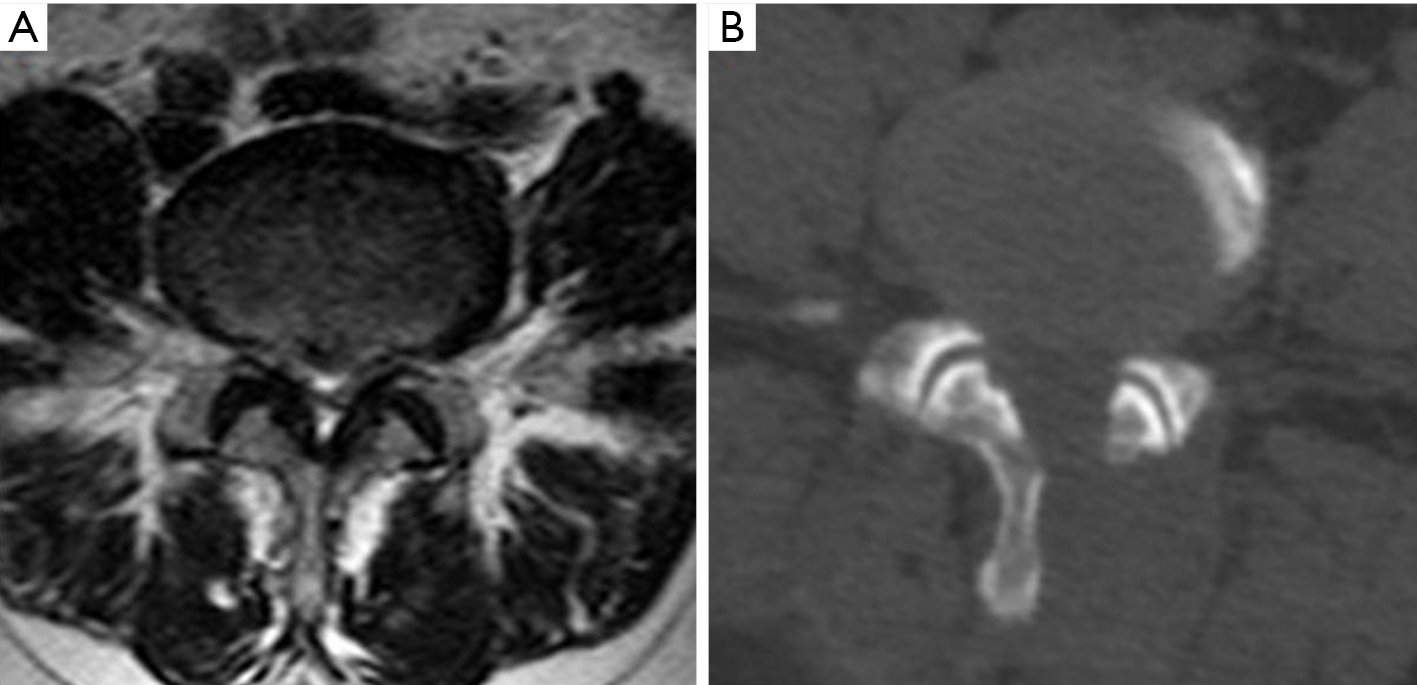



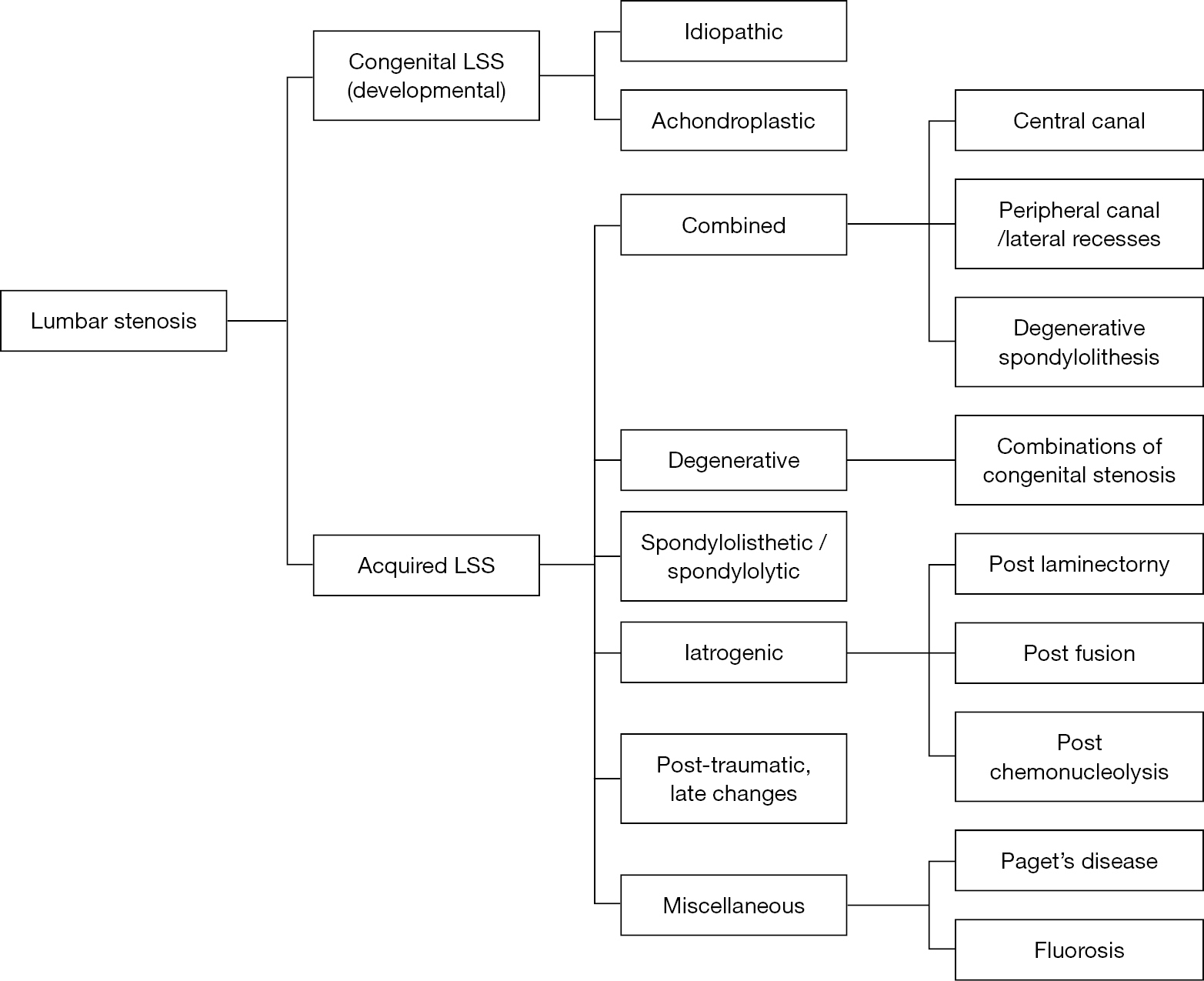


Post a Comment for "Congenital Short Pedicle Syndrome"